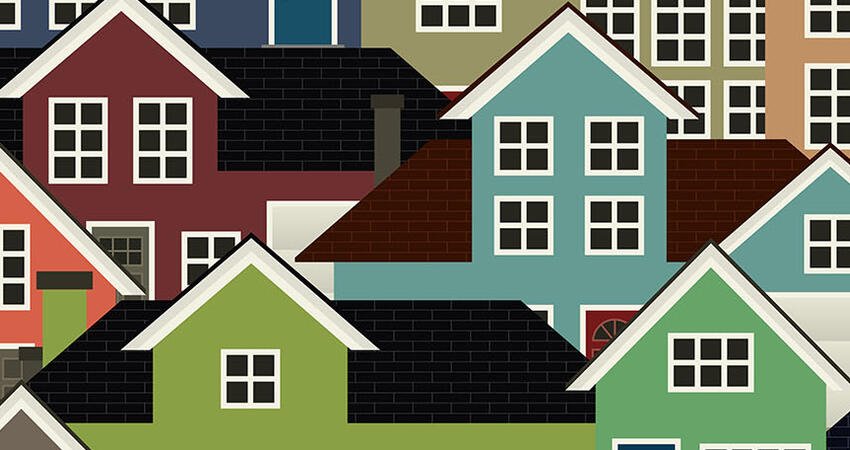
The State of the Nation’s Housing 2018
- Title:
- The State of the Nation’s Housing 2018
- Author:
-
Joint Center for Housing Studies of Harvard University
- Source:
- Publication Date:
-
2018
The national homeownership rate rose in 2017 for the first time in 13 years despite the steady increase in home prices, a sign that low interest rates kept monthly housing costs affordable for new homeowners, according to research from the Joint Center for Housing Studies of Harvard University. Other housing trends documented in the State of the Nation’s Housing 2018 include enduring constraints on the single-family market, racial disparities in neighborhood poverty levels, lagging household growth, trade-offs between housing and other essentials such as food and health care, and high housing cost burdens.
The report uses the most recent available data from the US Census Bureau, the US Department of Housing and Urban Development, the Bureau of Economic Analysis, the Bureau of Labor Statistics, the Federal Reserve, CoreLogic, and other sources to develop its analysis.
Major findings on housing markets
- The inventory of homes for sale is tight, at a 3.0-to-3.9-month supply.
- The rental vacancy rate rose to 7.2 percent, but most vacancies were in high-rent units.
- Among unsubsidized but low-rent (Class C) apartments, the vacancy rate was 4.4 percent. In 45 of 150 markets, the vacancy rate for Class C apartments was 3 percent or lower.
- Both the rental stock and for-sale inventory are skewed toward the high-priced segment of the market.
- Nationally, rents rose 3.7 percent and home prices rose 6.2 percent between 2016 and 2017. Markets with the largest increases in rents were Reno, Nevada, and Santa Rosa, California, at nearly 10 percent. In Seattle and Las Vegas, home prices rose 14 percent between 2016 and 2017.
Major findings on housing demand and household formation
- Although millennials are a major driver of household growth, they are forming new households more slowly than similar age groups in the past.
- Twenty-six percent of adults ages 25 to 34 lived with their parents or another relative, and 9 percent were doubled up with nonfamily members. These shares are all-time highs.
- By 2035, one in three households will be at least 65 years old, as 3.6 million baby boomers are turning 65 each year.
- Immigrants make up 20 percent of renter households and 12 percent of homeowners.
- 250,000 international migrants moved to rural counties, helping replace some of the 800,000 residents the US lost to out-migration.
Major findings on housing affordability
- Between 1960 and 2016, the median rent payment rose 62 percent while the median renter income rose 5 percent. In the same period, the median home value increased 112 percent while the median owner income rose 50 percent.
- More than 38 million households were cost burdened in 2016.
- Even in the most affordable states, more than one-fifth of households were cost burdened.
- Nearly half of today’s renters are cost burdened, and nearly a quarter are severely cost burdened.
- Households in the bottom income quartile had just $590 left each month after paying for housing.
- The lowest-income households with children had only $490 available each month after paying housing expenses, far less than the amount needed for food, health care, and other basic living and child-rearing expenses.
- In 2017, 2.2 million households, or about half of assisted households, received housing vouchers to use in the private rental market. This marks a decline of 86,000 from 2016.
- 147,000 families with children used a homeless shelter during 2016.
Major findings on race or ethnicity and neighborhoods
- Fifty-one percent of black and 22 percent of Hispanic households live in high-poverty areas, compared with 17 percent of white households and 26 percent of the population as a whole.
- The number of low-income white households living in high-poverty neighborhoods rose 53 percent between 2000 and 2016, which outpaced increases among other groups.


